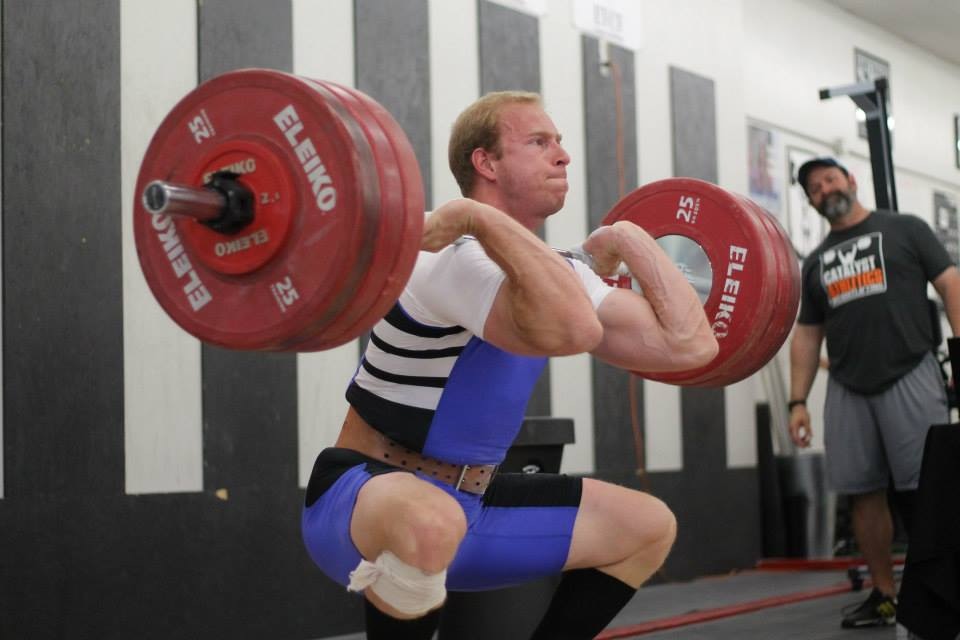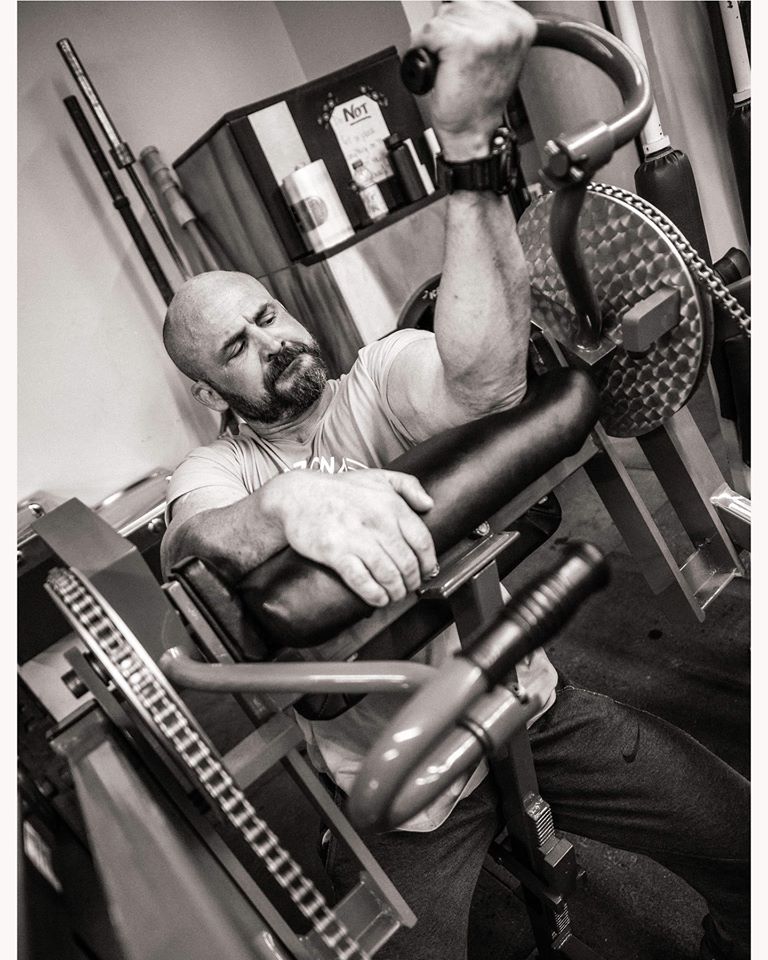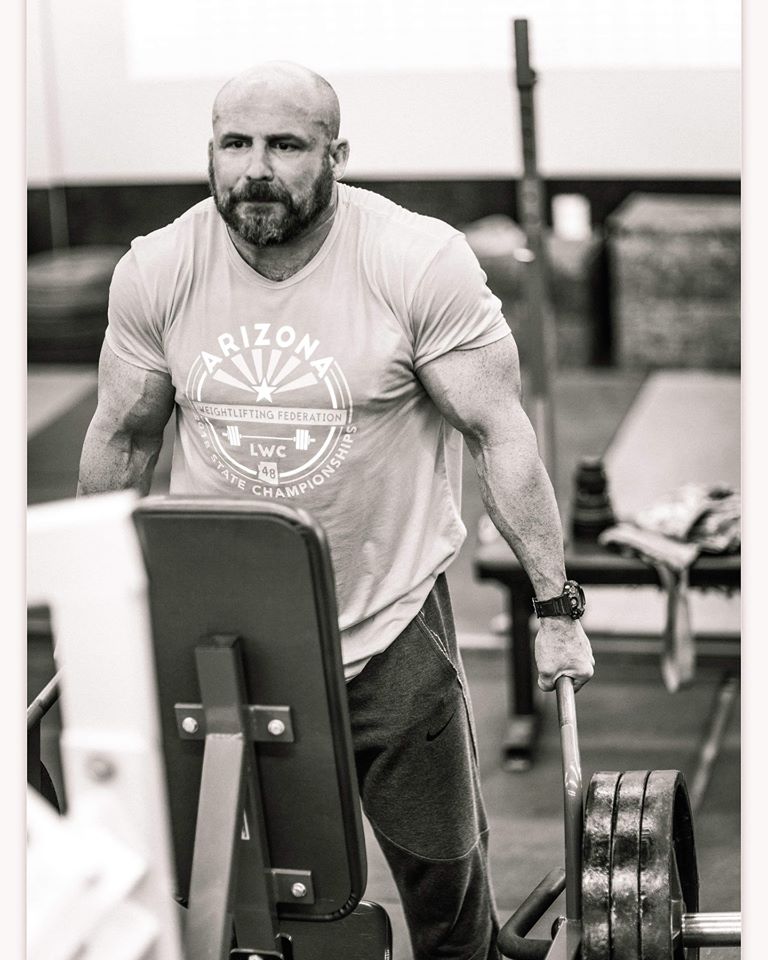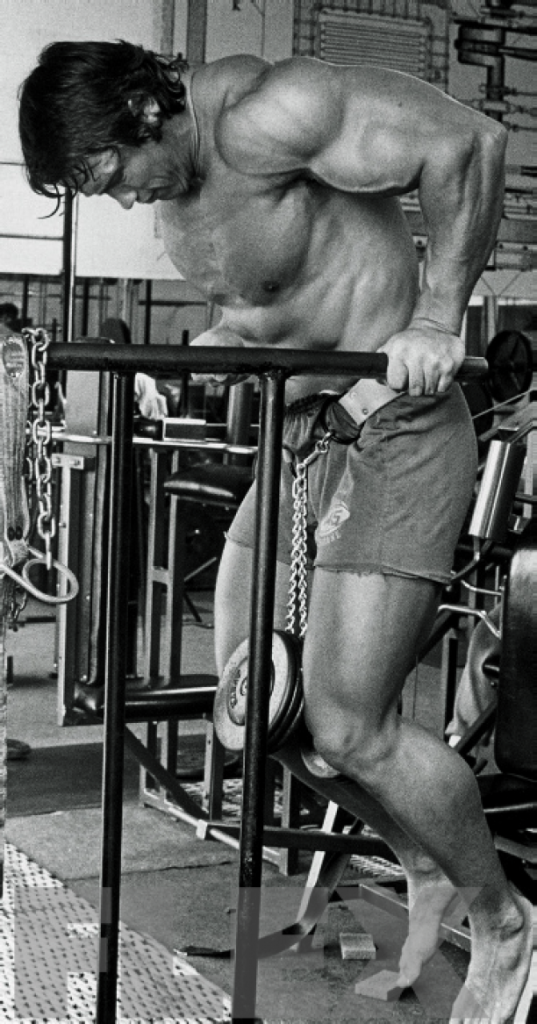In the most basic terms, Hypertrophy refers to an increase in the size of a…

Training with Waves
The term “Waves” refers to a training methodology in which the athlete increases weight on each successive set, until they either reach the highest prescribed load or a lift is missed. At this point the weight is reduced and the athlete again increases weight each set. This will typically be repeated several times.
Reasons to Use Waves
- Movement preparation (warm up muscles and arousing the nervous system)
- Volume accumulation (the lighter loads of the early sets allow for focus on speed and quality movement)
- Conditioning (can be used to condition athletes for the demands of competition)
- Post-activation potentiation (the heavy set elicits a higher output on the following waves)
Post-Activation Potentiation (PAP)
The phenomenon in which a prior contraction will increase the force exerted by a muscle in the following exercise. The theory behind post-activation potentiation is that the contractile history of a muscle influences the mechanical performance of subsequent muscle contractions. Fatiguing muscle contractions impair muscle performance, but non-fatiguing muscle contractions at high loads with a brief duration may enhance muscle performance.*
*Stone MH, Sands W, Pierce K, et al. Power and power potentiation among weightlifters: preliminary study. International Journal of Sports Physiology and Performance. 2008; 3: 55–67
Types of “Waves”
Classic Waves
Coach Burgener introduced me to “Waves” as an effective way for Weightlifters to train heavy singles (1 rep). It’s not unusual for an athlete to struggle with heavier weights during the first wave. Often, the athlete will perform better during the second and third waves. This is slightly counterintuitive because it would be expected that the athlete would perform their best lifts early in the workout, prior to the onset of fatigue. The improved performance in later waves may potentially be attributed to the initial wave serving to systemically warm-up the body and arouses the nervous system. Waves of the snatch or clean & jerk will typically be performed with singles. For squats, doubles and triples work well. In the case that conditioning or hypertrophy is the objective, higher reps may be prescribed.
Snatch
3 Waves
75% 1×1
80% 1×1
85% 1×1
90% 1×1
(rest 1:30 between sets. rest as needed between waves)
Short Waves
Charles Poliquin wrote an article on this methodology. This structure is based on the PAP Concept. The heavy single should prepare the body to generate a more forceful contraction in the coming set. The primary focus of this workout is the hypertrophy set (6 reps). The function of the heavy set (1 rep) is to potentiate the body for enhanced performance on the hypertrophy set. As a secondary outcome, this structure should also stimulate a strength adaptation (depending on the exercise). *Short Waves may also be classified as undulating sets but that’s another article.
Bench Press
3 Waves
90% 1×1
(rest 1:30)
80% 1×6
(rest 3:00)
*If the preceding wave was satisfactory, increase load on both sets by 2.5%.
Two Movement Short Waves
3 Waves
Close Grip Bench Press
90% 1×1
(rest 1:30)
Weighted Chin-up
90% 1×1
(rest 1:30)
Close Grip Bench Press
80% 1×6
(rest 1:30)
Weighted Chin-up
80% 1×6
(rest 1:30)
*If the preceding wave was satisfactory, increase load on both sets by 2.5%
Volume Waves
As the name suggests, these waves will be completed at higher reps and lower intensities. This structure can be helpful for developing consistent, smooth movement due to the high volume and moderate intensities. The relatively short rest periods and high volume of work should produce a conditioning effect and possibly muscular hypertrophy. The following workout results in the completion of 75 repetitions at an average intensity of 70% of 1RM.
Bench Press
3 waves
60% 1×5
65% 1×5
70% 1×5
75% 1×5
80% 1×5
(rest 1:30 between sets. Rest as needed between rounds)
Metabolic Conditioning Waves
Training in this manner places a high demand on the athletes metabolic capacity. This structure is a combination of moving a relatively large load over a long distance, a lot of times. This is a potent means of systemically taxing the body and is typically seen in the training of athletes competing in functional fitness. In a competitive environment, the load will generally be prescribed in absolute terms, in other words, everyone will use the same weight.
For time:
Power Clean & Jerk
2 Waves
10x 135lbs
10x 155lbs
10x 175lbs
(Rest 3:00 between Waves)


